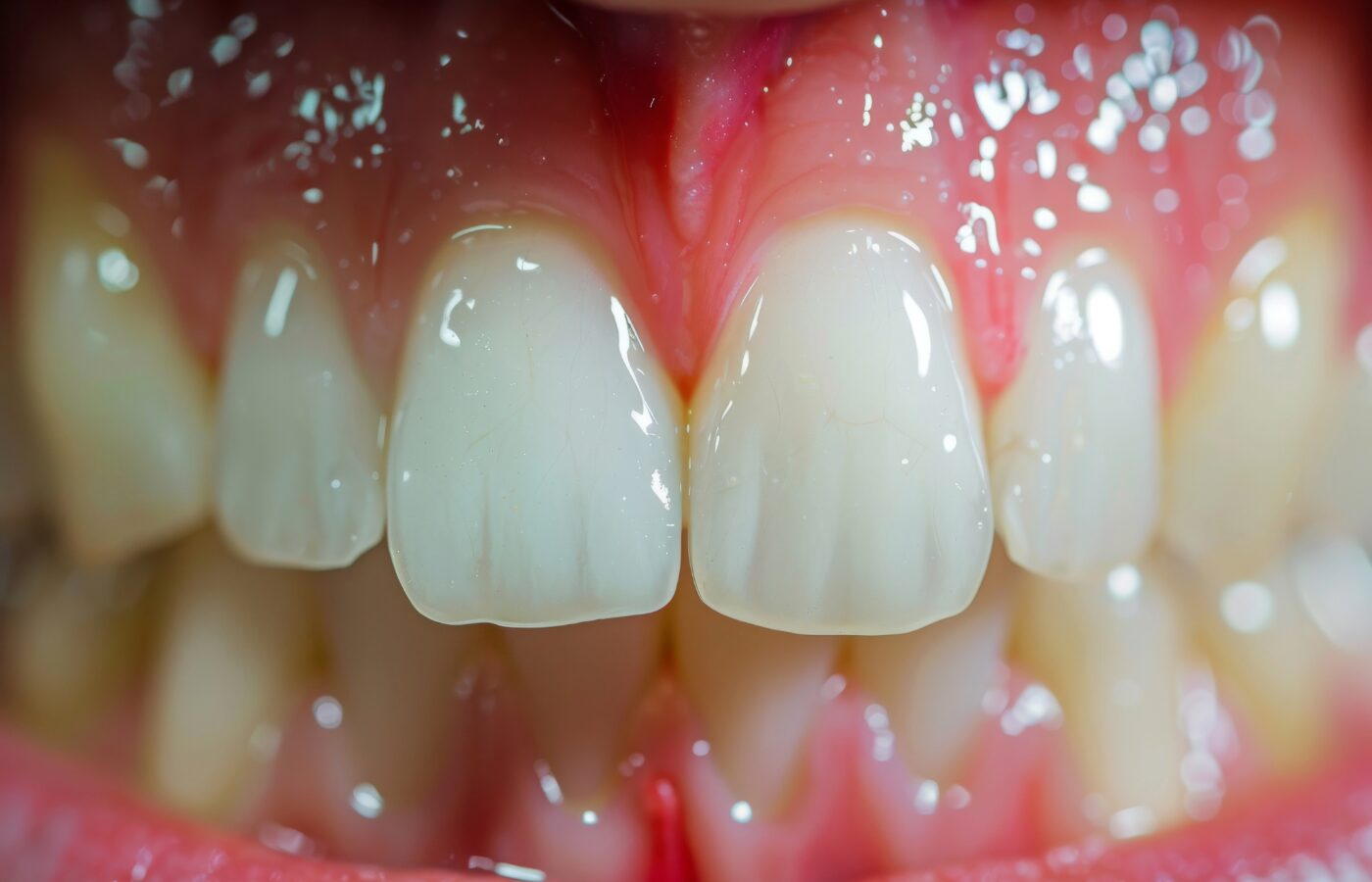
Periodontal disease, commonly known as gum disease, affects millions of people worldwide, leading to inflammation, infection, and even tooth loss if left untreated. The central culprit behind periodontal disease is biofilm, a complex microbial community that adheres to the surfaces of teeth and gums. In recent years, the development of advanced techniques like Guided Biofilm Therapy (GBT) has revolutionized the way clinicians approach the treatment and prevention of biofilm-related oral diseases. At Santa Teresa Smiles we use the Woodpecker PT-B, an advanced ultrasonic scaler, in this innovative treatment protocol.
What is Guided Biofilm Therapy (GBT)?
Guided Biofilm Therapy (GBT) is an evidence-based, and patient-centered approach for biofilm management, especially in periodontal care. The goal of GBT is to remove biofilm gently and thoroughly without causing harm to the teeth or surrounding soft tissues. Unlike traditional methods that rely heavily on manual scaling and root planing, GBT integrates a systematic, predictable sequence to optimize outcomes with minimal discomfort.
GBT uses a combination of techniques, including the use of advanced visualization tools, specialized devices, and air polishing systems to ensure the precise removal of biofilm from both above and below the gum line. This approach is ideal for treating both periodontal disease and preventing the recurrence of the condition, making it a proactive and preventive method as much as it is therapeutic.
The Steps Involved in GBT
The GBT protocol consists of eight systematic steps designed to increase efficiency, reduce discomfort, and achieve optimal long-term results:
- Assessment: The treatment begins with a thorough evaluation of the patient’s oral health, including probing for periodontal pockets, gingival inflammation, and evaluating plaque and tartar buildup.
- Disclosing Solution: A special dye, known as a plaque disclosing solution, is applied to highlight the biofilm. This step is essential as it allows both the clinician and the patient to see areas of biofilm accumulation, guiding the removal process.
- Motivation: The visible biofilm helps motivate the patient to improve oral hygiene. Clinicians educate the patient on effective brushing and flossing techniques, using visual feedback to underscore the importance of biofilm control.
- Air Polishing: The biofilm is removed using air polishing devices, which spray a combination of water, air, and fine particles of erythritol or glycine powder. This gentle technique ensures thorough cleaning without damaging the tooth surface or soft tissues.
- Ultrasonic Scaling: After the bulk of biofilm is removed with air polishing, the clinician uses ultrasonic scalers (at Santa Teresa Smiles, the Woodpecker PT-B ) to remove any remaining tartar and deposits beneath the gum line.
- Subgingival Cleaning: For periodontal patients, cleaning below the gum line is crucial. The ultrasonic scaler is essential for this stage, as it can effectively reach deep periodontal pockets to eliminate biofilm and prevent further damage to supporting structures.
- Re-Evaluation: After cleaning, the clinician reassesses the gums and teeth to ensure that all biofilm and deposits have been thoroughly removed.
- Recall: GBT is not a one-time treatment. Patients are scheduled for regular follow-up appointments to ensure that biofilm does not accumulate again and that their oral hygiene practices remain effective.
Guided Biofilm Therapy (GBT) represents a modern and patient-centered approach to the treatment and prevention of periodontal disease. By following a systematic protocol that emphasizes precision and gentle biofilm removal, GBT not only addresses existing oral health issues but also helps prevent future complications. Its combination of visual aids, air polishing, and ultrasonic scaling makes biofilm management more effective, while reducing discomfort for patients. With regular follow-ups and consistent use of GBT, patients can maintain healthier gums and teeth, ultimately leading to better long-term oral health and a lower risk of periodontal disease progression.
Contact us today if you have questions about Guided Biofilm Therapy and how it may help you.
CONTACT US